|
HOME: www.hiltonpond.org |
|||
THIS WEEK at HILTON POND Subscribe for free to our award-winning nature newsletter (Back to Preceding Week; on to Next Week) |
NOTE: At 7 a.m. on 30 June 2015 my trusted orthopedic surgeon tried to undo the ravages of too many years of osteoarthritis when he replaced both my knobbily, wobbily knees with titanium prostheses. We elected for simultaneous bilateral replacement out of concern my "bad" knee (which I had repaired after a college Frisbee accident 'way back in 1967) might fail while I was rehabbing my "good" left knee (which has been paining me for several years due to torn menisci, bone spurs, defective cartilage, and a shredded ACL). The bottom line: I was hospitalized for about a week and in a residential rehabilitation facility for another fortnight. I returned home at last on 20 July and will be on a walker for at least another month, doing daily home rehab and outpatient rehab 2-3 times per week. So far the knees appear to be mending well, although some complications with swelling and mysterious pain in my right ankle have slowed progress. Until my overall physical condition, stamina, and mobility improve this is likely to be the last installment of "This Week at Hilton Pond" for a while; I actually started work on it a few days prior to surgery but ran out of time to finish the photo essay. It's been a chore to put it together, but I'm happy to get it posted before it becomes REALLY old news. :-) Wife Susan faithfully maintained all our hummingbird feeders in my absence in the hope I can get back to banding most local ruby-throats before they head south this fall. As you might guess, visitor activities are suspended at Hilton Pond Center for Piedmont Natural History for the time being, with the goal of reopening in late fall. I'll welcome your positive thoughts and healing vibes until I've mended well enough to start banding and teaching and writing, and I look forward to being strong enough to ride my trusty road bicycle through scenic byways of the Carolina Piedmont by next spring. See you soon! BILL HILTON JR. CAROLINA PIEDMONT TO PREFACE: Our last 12 days in June were split between Hilton Pond Center (where we banded a few birds and had some interesting nature encounters) and Wyoming County, West Virginia (where we gathered for our 12th annual Dressler Family Reunion at Twin Falls Resort State Park near Mullens). We offer a few vignettes below of things we observed and photographed in the Carolina Piedmont and Southern Appalachian Mountains.
All text, maps, charts & photos © Hilton Pond Center A few evenings before we departed for West Virginia we hobbled down toward Hilton Pond and stopped dead our tracks when we spied a black and white animal clawing around in bare soil. Instantaneously recognizable as a Striped Skunk, Mephitis mephitis, this daylight sighting of a potentially odoriferous creature helped solve an earlier mystery: What had been digging up all the turtle nests around the pond? We always suspected Raccoons and never thought about skunks, but we caught this one red-handed as it pawed through moist earth after a turtle clutch undoubtedly laid just a few hours before.
All text, maps, charts & photos © Hilton Pond Center As is our fashion we chose to sit back and watch rather than interfere with this entirely natural predatory act and took quite a few photos as the skunk chewed through one leathery eggshell after another. We counted at least eight eggs going down the hatch. After the skunk had depleted the nest, it spread-eagled on top of the empty shells and wiped its belly in them--much like a dog wallowing in some other canine's droppings. We're not sure of the significance of this interesting behavior.
All text, maps, charts & photos © Hilton Pond Center On 21 June we headed north on I-77, taking in the scenic view from Fancy Gap VA and hopeful we'd be able to see Pilot Mountain in the distance. We were not disappointed when this monadnock--a free-standing pinnacle removed from any modern-day mountains--appeared on the eastern horizon (above). Rising to an elevation of 2,421 feet in what is now the North Carolina Piedmont Region, this solitary quartzite peak is a remnant of the ancient Sauratown Mountain Range. Continuing on, we passed through Wytheville VA and on to West Virginia, where the long, steady climb up Flat Top at 3,252 feet can be a challenge to vehicular horsepower.
All text, maps, charts & photos © Hilton Pond Center At Beckley we turned west toward Crab Orchard (home of the famous Berkshire's frozen custand--an incredibly delicious snack) and then down the long railroad grade to Mullens and Twin Falls Resort State Park where we assembled with more than three dozen beloved relatives from across the country. (Google the park to read about a really nice facility with great food.) As always, activities at the Dressler Family Reunion followed a Holstein theme, mostly because Dressler forebears raised--and milked--national champion dairy cows out in Kansas.
All text, maps, charts & photos © Hilton Pond Center Because of those pesky pre-surgery knee problems we weren't able to hit the trails around Twin Falls, but there were plenty of wonders to behold right around the lodge and parking lot. Among our all-time favorites is Rosebay Rhododendron (above)--the state flower of West Virginia. Its big flower clusters always brighten June and July in the Mountain State.
All text, maps, charts & photos © Hilton Pond Center West Virginia is home to several evergreen rhododendrons, but Rosebay has the largest flowers--hence its scientific name, Rhododendron maximum. The petals start out pink (above), and fade to almost white.
All text, maps, charts & photos © Hilton Pond Center As shown, Rosebay flowers are five-parted. with petals that almost form a shallow tube. Pollinators including Bumblebees and Ruby-throated Hummingbirds are attracted to the cluster of yellow-brown dots at the top of the carolla; they are rewarded by a signficant nectar load.
All text, maps, charts & photos © Hilton Pond Center June is a busy time for birds in the southern West Virginia mountains, with songbirds breeding about 2-3 weeks later than the same species in the Carolina Piedmont. Among the most common fledglings we saw were Chipping Sparrows, including the one "hiding" above. A short tail and soft yellow gape indicated it hadn't been long out of the nest; both parents spent most of the day carrying insects to this youngster and its siblings.
All text, maps, charts & photos © Hilton Pond Center Although Sourwood, Oxydendrum arboreum, occasionally can be found in the Carolina Piedmont, this tree is far more common in the eastern Appalachians. Even without looking we knew this species was growing near the lodge; the flowers' sweet fragrance as unmistakable and apparently pleases the olfactory senses of bees as well as people. After all, many folk praise Sourwood honey as the best of all honey flavors.
All text, maps, charts & photos © Hilton Pond Center On our drive north from Hilton Pond to West Virginia we had heard on the radio this was a particularly bad year for the Yellow Poplar Weevil, Odontopus calceatus, a tiny insect that wreaks havoc with leaves of Yellow Poplars, Liriodendron tulipifera, also known as Tulip Trees. Sure enough, as we entered the Mountain State we could see--even from a distance--vast stands of Yellow Poplars with brown, withered foliage. We even found a few weevils; see the tiny black speck on the upper margin of the leaf at far right (above).
All text, maps, charts & photos © Hilton Pond Center At the lodge we got a closer view of the weevil and its effects (above): Dozens of brown spots that were puncture wounds caused by the weevil's piercing, rasping mouthpart. The blade above also had much larger holes with smooth margins, likely caused by leaf-munching caterpillars. We estimated about 35-40% of this leaf was damaged or missing--not a good situation when a tree needs entire leaves to perform optimal photosynthesis.
All text, maps, charts & photos © Hilton Pond Center Most of the Yellow Poplar Weevils froze and dropped to the ground when we moved in for close-ups, but the 1/8" individual above stood fast on its selected leaf. Note the long snout typical of many weevils, and the paired antennae near the snout's tip. Despite extensive defoliation in 2015, populations of Yellow Poplar Weevil populations are cyclic, with a heavy infestation one year usually followed by several years with minor outbreaks. Several kinds of wasps that parasitize larvae appear to be the weevils' main biological control. Incidentally, Yellow Poplar Weevils overwinter as adults in leaf litter, rousing the following spring to feed on new foliage and eventually mate. (NOTE: We heard from Mark Simpson Jr. that these weevils were also plentiful further south in the Appalachians this year. Mark writes: They were so abundant and conspicuous that park management at Mt. Mitchell NC was compelled to put out a poster with a drawing of the weevils and a message that these are not ticks! Apparently a lot of visitors thought their clothing and cars were being speckled by "flying ticks.")
All text, maps, charts & photos © Hilton Pond Center Although Tulip Trees are native to the eastern U.S., several exotic plants also grew around the parking lot at the lodge. One of these had flowered earlier in the spring and was producing succulent, translucent red berries that literally glowed in the sunlight. These were the fruits of Tatarian Honeysuckle, Lonicera tatarica, brought over from Siberia in 1752 as an ornamental; it has become one of the most invasive shrubs ever introduced to North America. Prolific in its berry production, this plant-- known more commonly but perhaps less correctly as TaRtarian Honeysuckle (with an "r")--attracts the attention of nearly every fruit-eating bird in the northeastern deciduous forest, thus guaranteeing its seeds are dispersed far and wide. Despite its fecundity, Tatarian Honeysuckle seems less well-adapted for the heat of the Carolina Piedmont, so it is one invasive shrub we haven't had to deal with at Hilton Pond Center.
All text, maps, charts & photos © Hilton Pond Center Because they're aerial insect-eaters, Barn Swallows may be innocent of disseminating Tatarian Honeysuckle seeds, but they certainly eat their share of large flies, flying ants, and aphids. The lodge hosted several pairs of these graceful fliers with metallic blue backs, buffy abdomens, and orange throats; they swooped around the lodge, occasionally perching on walkway lights (above). Swallows in general have very long and pointed wings, while Barn Swallows in particular have forked tails in which the outer pair of feathers extends even past the wingtips, as shown in our photo. Incidentally, this is the most widespread swallow species, occurring across the Northern Hemisphere; it is the national bird of Austria and Estonia.
All text, maps, charts & photos © Hilton Pond Center In various nooks and crannies at the lodge we found Barn Swallow nests plastered against vertical concrete walls. Constructed of mud gathered by the billful, these nests included pine needles and small sticks that undoubtedly made the structures more sturdy. Nearly as prominent were feathers of other bird species that lined the nest or hung over the rim. The nest above was active--as evidenced by two long, stiff tail feathers of an incubating female. Can you find her rectrices on the left side of the photo?
All text, maps, charts & photos © Hilton Pond Center We almost overlooked a small native wildflower growing along the roadside near the lodge at Twin Falls. A pair of leathery, variegated green leaves and a cluster of nodding white flowers make it easy to identify this widespread North American species as Spotted Wintergreen or Pipsissewa, Chimaphila maculata. This perennial plant is a "subshrub" on forest floors, reaching a height of perhaps nine inches. Most of the year it's identifiable by thick waxy leaves with prominent whitish midribs. In spring, the older dark blue-green foliage is succeeded by a whorl of younger leaves that are much paler. By early summer, the plant sends up a red stalk that bears one to three white or pinkish nodding flowers that are lightly fragrant. Pipsissewa also grows at Hilton Pond Center in heavy shade beneath pines and hardwoods.
All text, maps, charts & photos © Hilton Pond Center One other native plant we found growing prolifically in sunny meadow edges around Twin Falls was one whose importance has been greatly magnified in recent years. Once considered a noxious weed despised by farmers, Common Milkweed, Asclepias syriaca (above), is now planted by gardeners and entomologists alike as one of the primary host plants for Monarch butterflies.
All text, maps, charts & photos © Hilton Pond Center Historically Common Milkweed thrived along field margins, but modern fenceline to fenceline agricultural practices have diminished the plant's distribution. Butterfly enthusiasts have tried to take up the slack by planting this and other milkweed species in the hope of providing food for Monarch caterpillars and adults. In our experience Common Milkweed does much better further north--as in the West Virginia locales where we photographed it; we've not been able to establish this particular milkweed at Hilton Pond Center.
All text, maps, charts & photos © Hilton Pond Center As our week-long family reunion at Twin Falls Resort State Park came to a close, we bid farewell to the Dressler Clan and headed south from the West Virginia Hills to our home base at Hilton Pond Center, where we were pleased Ruby-throated Hummingbirds were still coming to almost-empty feeders. On 29 June we even managed to capture and band our first fledglings of 2015--a male and a female. Dark streaking on the throat of one indicated it was an immature male, but we had to look at the upper mandible of the female to confirm her young age. As shown in the photo above, recently fledged ruby-throats have etchings or corrugations along the upper mandible from base to tip. This characteristic diminishes and nearly disappears over the next few months as the bill plumps up and smooths out.
All text, maps, charts & photos © Hilton Pond Center Perhaps our biggest surprise back on our home turf came as we spied a four-foot-long Black Ratsnake, Panthera (formerly Elaphe) obsoleta, slithering down the hallway of our old farmhouse at Hilton Pond. Surprised but not alarmed, we gently grabbed the serpent and our camera, took a few mug shots, and released the snake outside in a more natural habitat. It wasn't the first legless reptile we've discovered in the farmhouse and certainly won't be the last. We're grateful this amazing creature had been standing guard for us this week as we visited the Appalachian Mountains of West Virginia before returning home to the Carolina Piedmont. All text, maps, charts & photos © Hilton Pond Center
Checks can be sent to Hilton Pond Center at: All contributions are tax-deductible on your |
|---|
|
"This Week at Hilton Pond" is written and photographed by Bill Hilton Jr., executive director of Hilton Pond Center for Piedmont Natural History
|
|
|
Please refer "This Week at Hilton Pond" to others by clicking on this button: |
Comments or questions about this week's installment? Send an E-mail to INFO. (Be sure to scroll down for a tally of birds banded/recaptured during the period, plus other nature notes.) |


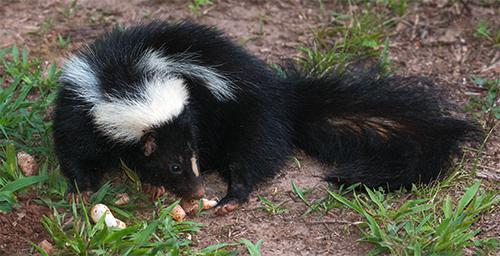
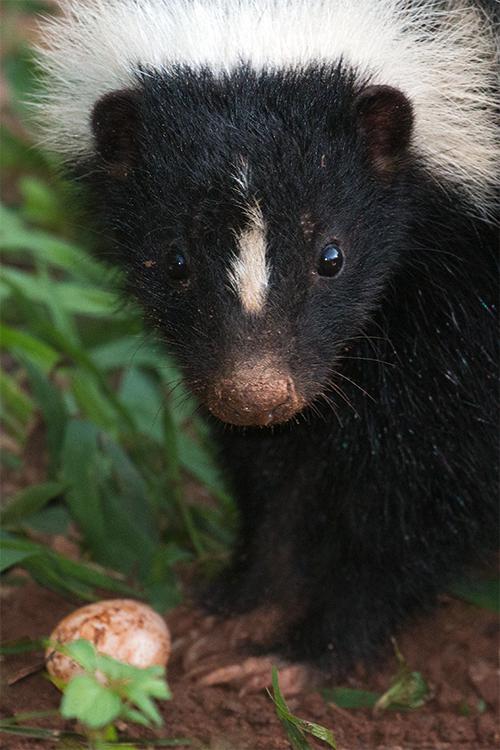


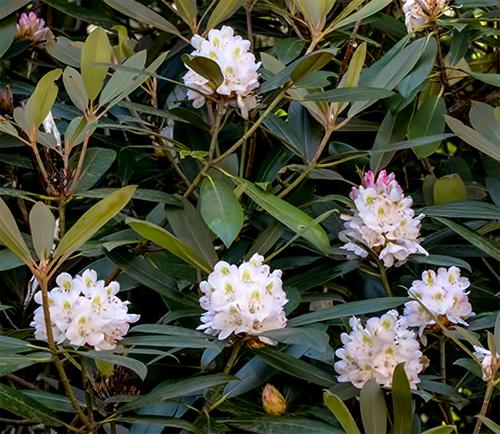


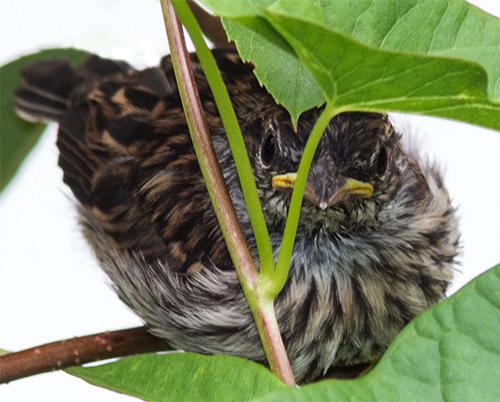

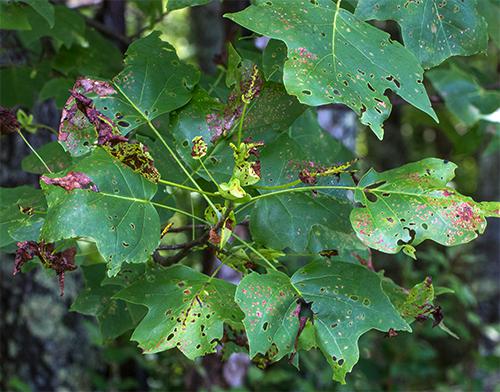
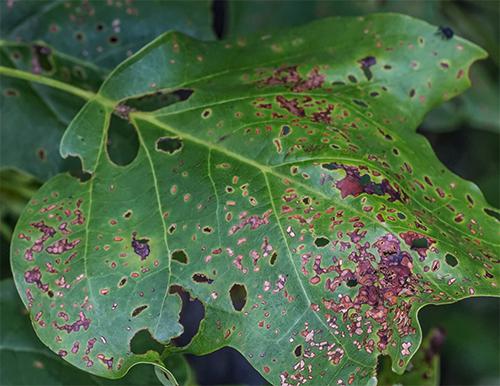

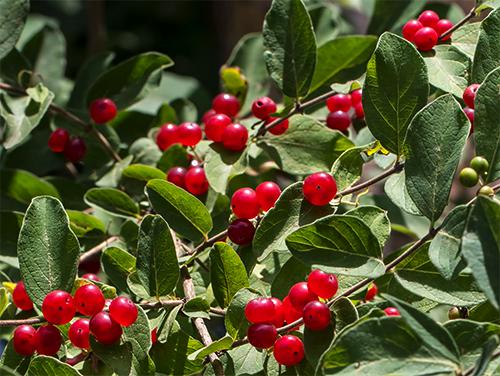
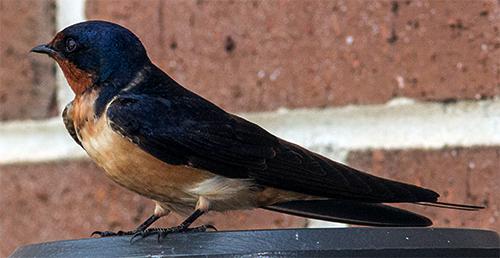
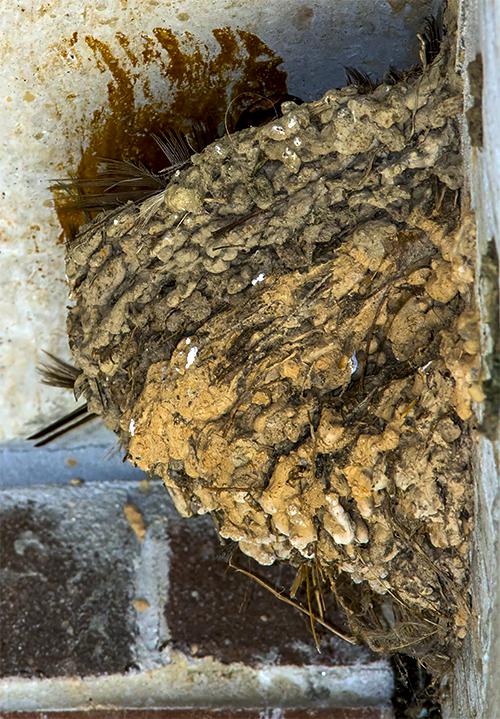
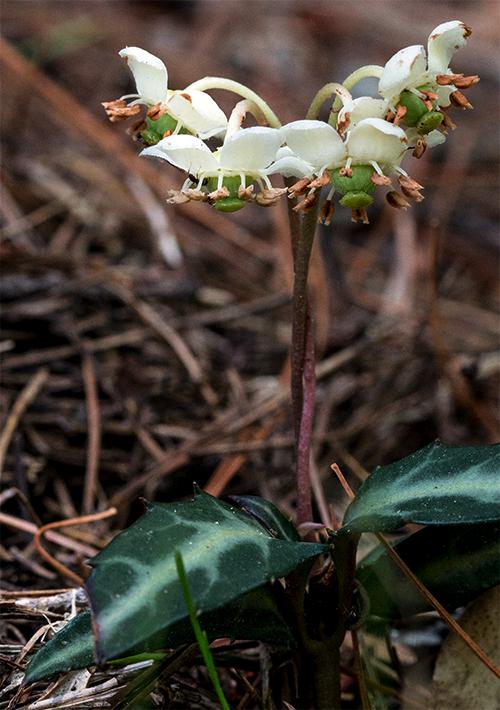
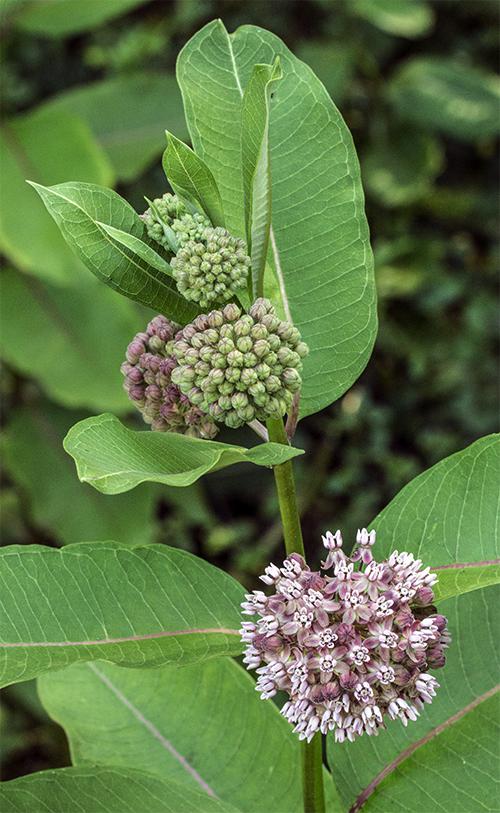
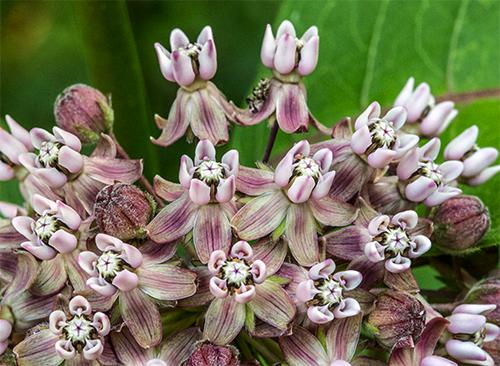
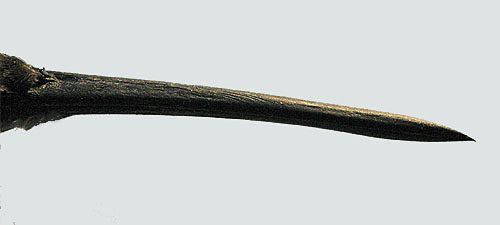
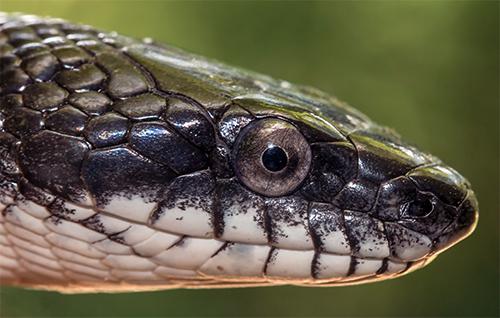









 Please report your
Please report your